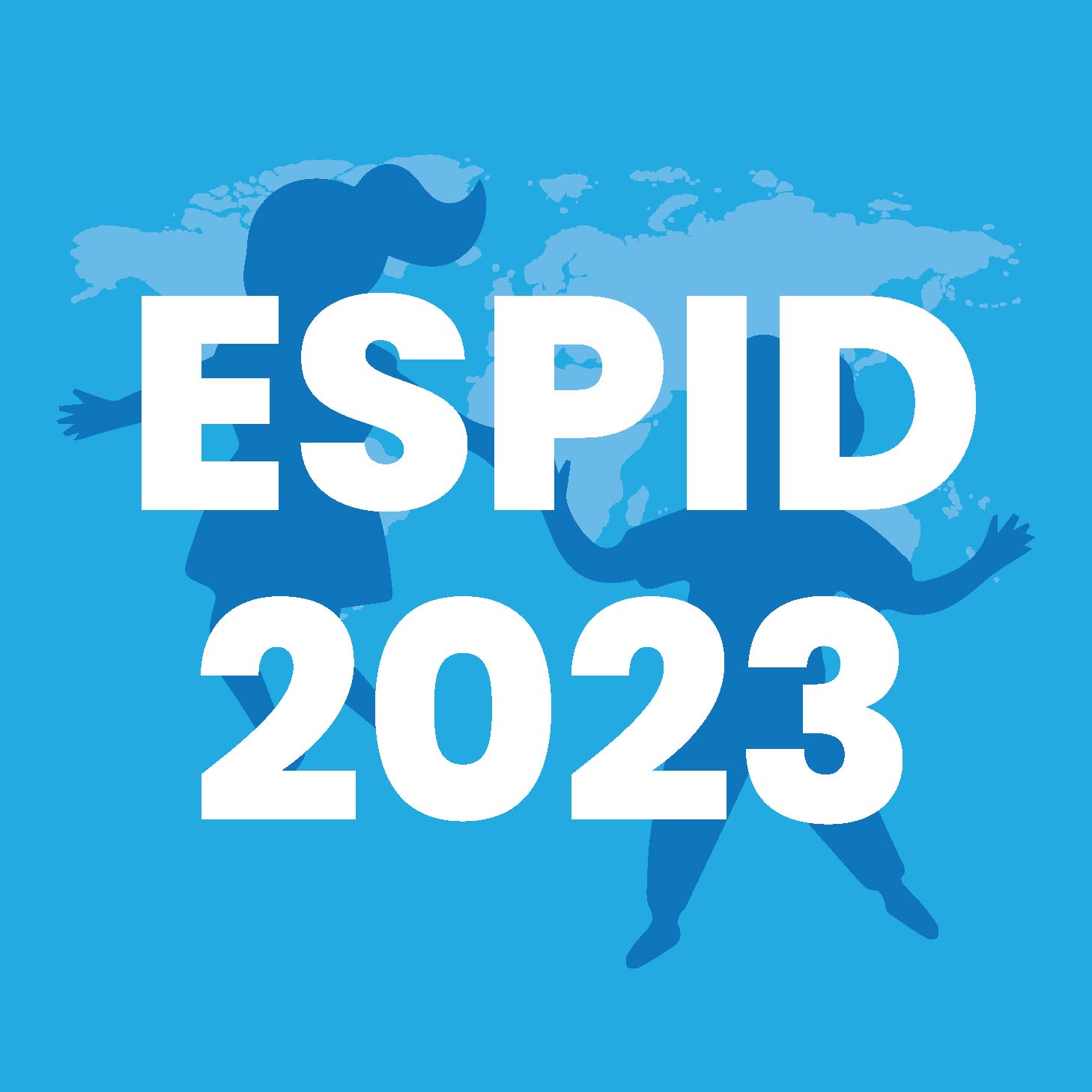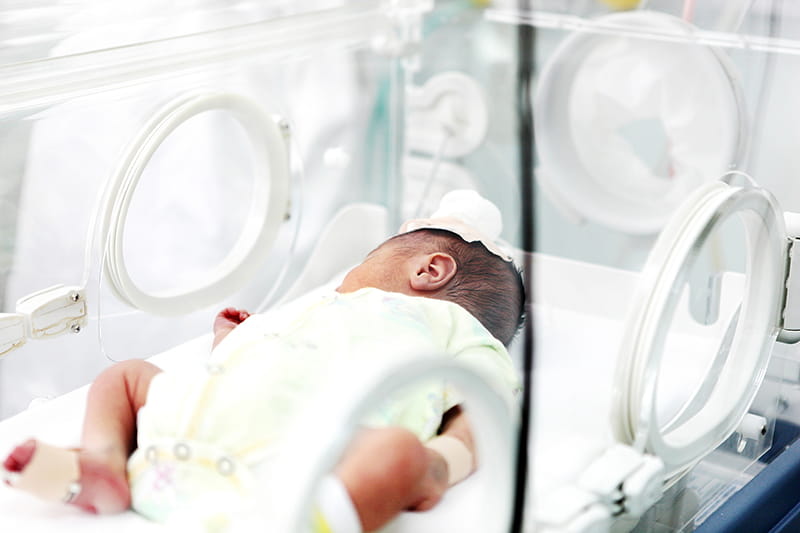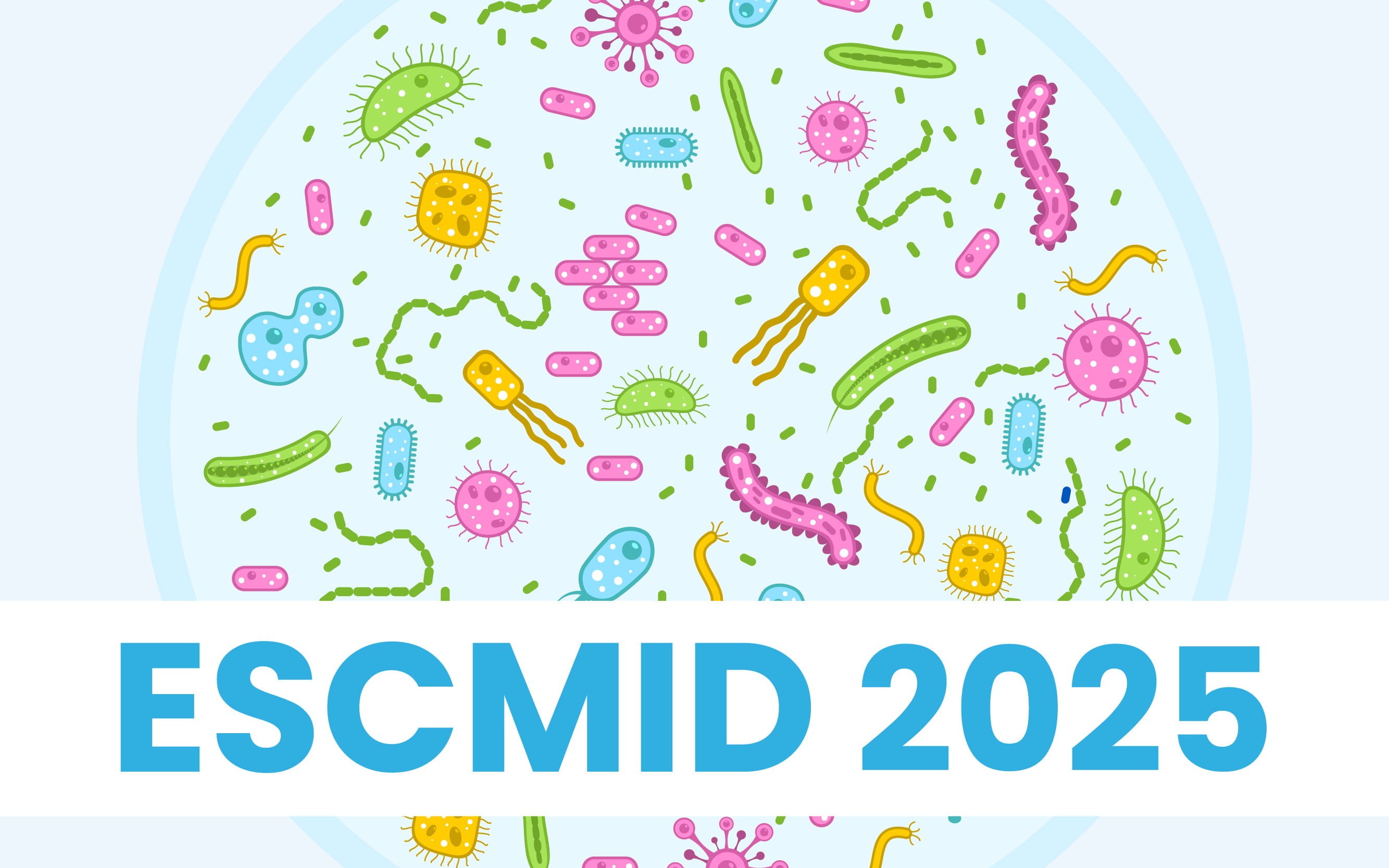AAP 2025: Infections in Children
Neurological Presentations in Mycoplasma pneumoniae Infections: A Case Series from the Recent Outbreak at a Children's Hospital
Presenter: Islam Elmitwalli
Four pediatric cases of Mycoplasma pneumoniae-associated neurological complications were reported, presenting with acute focal or diffuse neurologic deficits, including sensorimotor impairment, altered mental status, and encephalopathy. All patients showed recent mild respiratory symptoms, elevated CRP, leukocytosis, and positive Mycoplasma IgM serology. Chest imaging revealed pneumonia in several cases. Neuroimaging consistently demonstrated demyelinating lesions, and CSF analyses showed pleocytosis and elevated protein without pathogens on culture or PCR.
Limited improvement was seen with antimicrobials and antivirals until immunomodulatory treatments such as corticosteroids and plasmapheresis were initiated, resulting in significant neurologic recovery. These findings support an immune-mediated, post-infectious mechanism rather than direct CNS invasion.
Through the Viral Looking Glass: EBV Meningitis and Alice in Wonderland Syndrome
Presenter: Shahnoor Z. Jafri
An 8-year-old previously healthy female presented with one week of fever, night sweats, abdominal pain, headache, and fatigue. Labs showed elevated liver enzymes (AST 285, ALT 256), CRP 13.5, and a positive monospot test for EBV. Imaging revealed pericholecystic fluid and splenomegaly. On admission, she developed visual disturbances described as seeing objects “far away,” nuchal rigidity, lethargy, and persistent fever. CSF analysis showed mononuclear predominance and positive EBV DNA by PCR, with negative cultures. Neuroimaging was normal. Visual symptoms consistent with Alice in Wonderland Syndrome (AIWS) improved with acyclovir. Fluid overload with pleural effusions and ascites resolved with supportive care. The patient completed acyclovir and was discharged with precautions due to hepatosplenomegaly.
RSV Immunoprophylaxis in Infants and Breakthrough Infection: Clinical Impact and Viral Features
Presenter: Sergio Monares Ortiz
Nasopharyngeal swabs were collected from 216 RSV-infected children under 2 years. Of these, 19 (9%) had active RSV immunoprophylaxis, and 197 (91%) had remote or no immunoprophylaxis. Higher PCR cycle threshold (Ct) values were observed in infants with active immunoprophylaxis compared to those with remote/prior year or no immunoprophylaxis (p = 0.03). RSV subtype A was the most frequent viral subtype in both groups. Hospitalization rates among infants seeking care were comparable between immunized and non-immunized cohorts. Respiratory symptoms and antibiotic use were lower in immunized infants. Further viral genome and immunoprofiling analyses are ongoing.
Gut Instincts: Understanding Early-Life Gastroenteritis and Its Epidemiologic Impact on Pediatric Functional GI Disorders
Presenter: Christina A. Stirwalt
A retrospective cohort study using the TriNetX network analyzed 15,178 propensity score-matched pediatric patients with early-life acute gastroenteritis caused by viral or bacterial pathogens between ages 0–3. Exclusions included prior FGIDs, family GI history, congenital anomalies, and celiac disease. The bacterial gastroenteritis cohort showed significantly higher risks of functional gastrointestinal disorders (FGIDs) from ages 3 to 18 compared to the viral cohort. Dyspepsia occurred in 1.118% vs. 0.45% (RR=0.402, p<0.0001), IBS showed similar risk elevation (RR=0.213, p<0.0001), and generalized abdominal pain increased (RR=0.622, p<0.0001). Findings suggest bacterial infections provoke stronger immune responses causing dysbiosis, underscoring the importance of targeted treatment and prevention to reduce long-term GI sequelae.
Vitamin K Administration During Pediatric Sepsis: A Single Center Observational Study
Presenter: Audrey Hughes
Vitamin K, an essential clotting cofactor, is frequently prescribed for sepsis-induced coagulopathy despite the absence of pediatric clinical trials evaluating its use and limited observational data on sepsis-related vitamin K deficiency.
A single-center, retrospective cohort study was conducted at a tertiary pediatric referral center including children under 18 years hospitalized for sepsis between June 1, 2022, and June 1, 2024. Children with short-gut syndrome, cystic fibrosis, chronic vitamin K supplementation, or chronic hepatic dysfunction were excluded. The primary outcome measured was the rate of vitamin K prescription. Secondary outcomes included rates of clinically relevant bleeding and hospital-acquired venous thromboembolism (VTE).
Among 285 children studied, 65 (22.8%) were prescribed vitamin K at a mean dose of 4.2±1.9 mg/day. INR was tested at admission in 36.5% of children, including 80% of those prescribed vitamin K. INR values were significantly higher in children receiving vitamin K compared to those not prescribed it (median 1.63 [IQR 1.38–1.97] versus 1.26 [IQR 1.13–1.35], p<0.001). Children receiving vitamin K had higher rates of clinically relevant bleeding (30.8% versus 5.9%, p<0.001) and venous thromboembolism (21.5% versus 7.7%, p=0.005) and were more frequently transfused with packed red blood cells (60% versus 11.8%) and plasma (35.4% versus 0.5%) (both p<0.001). Those prescribed vitamin K were older, more often admitted postoperatively, had a higher incidence of acute hepatic dysfunction, and demonstrated more severe clinical courses, including increased rates of invasive ventilation, central venous catheterization, mortality, and longer hospital stays.
It was concluded that vitamin K was frequently administered to children hospitalized with sepsis despite limited laboratory evidence of coagulopathy.
Monocyte Biomarker Offers Early Screening Tool for Identifying Sepsis in Children Presenting to the Emergency Room
Presenter: Lael Yonker
Monocyte anisocytosis, quantified as monocyte distribution width (MDW), has been linked to immune dysregulation in sepsis, severe COVID-19, and Multisystem Inflammatory Syndrome in Children. The ability of MDW measured at emergency department presentation to identify severe infection or sepsis in children was evaluated prospectively.
Whole blood samples from children under 18 years presenting to the emergency rooms at Mass General for Children and Johns Hopkins Children’s Center between June 2022 and June 2024 were analyzed on a UniCel DxH 900 hematology analyzer. Medical records were reviewed and children were assessed for sepsis according to Sepsis 2 criteria. Outcome analyses used ANOVA and the diagnostic accuracy of MDW was assessed with receiver operating characteristic (ROC) curves.
A total of 1,395 samples were analyzed, with a mean participant age of 8.2 years (SD 5.4). The cohort was predominantly White and non-Hispanic; 28% identified as Black and 24% as Hispanic. Median MDW values were significantly elevated in children with sepsis and confirmed infection (25.4, SD 3.8) and those with sepsis and suspected infection (24, SD 6.3) compared to children without infection or with mild infection (19.6 and 19.3, respectively; p<0.0001 and p=0.0005). ROC analysis yielded an area under the curve of 0.77, indicating good screening performance for sepsis. Dual MDW thresholds of 20 and 28 were proposed to stratify low versus high suspicion of sepsis.
It was concluded that MDW can be measured during initial complete blood counts upon emergency presentation, serving as an early, objective marker for pediatric sepsis. The use of MDW to rapidly identify high-risk patients may improve clinical outcomes, while lower MDW thresholds may guide safer discharge decisions.
Quick Reduction of Central line Associated Blood Stream Infections (CLABSIs) in a Pediatric Cardiac Intensive Care Unit
Presenter: Sarah Brandt
In response to an increase in the CLABSI rate in the CTICU from 0.24 per 1000 central line days in 2022 to 1.45 in 2023, multiple proactive interventions were implemented between July 2023 and November 2024, including increased leadership rounds, enhanced cleaning protocols, simulation training, a bare nail policy, environmental checklists, surface testing, parent panels, safety huddles, and CLABSI bingo.
These measures, alongside the existing CLABSI bundle, reduced the infection rate to 0.44 per 1000 central line days in 2024. Compliance with bundle protocols remained high (87% in 2023, 85% in 2024), and surface cleaning compliance was 80%. Sustained reduction requires continued quality improvement and safety culture reinforcement.
Argon Inhalation Promotes Intestinal and Hepatic Recovery during Experimental Neonatal Sepsis
Presenter: Felicia Balsamo
Sepsis was induced in postnatal day 9 C57BL/6 mice via intraperitoneal injection of lipopolysaccharide (20 mg/kg). The study included non-septic controls (n=6), septic mice (n=6), and septic mice receiving argon inhalation (70% argon, 30% oxygen) for 6 hours (n=6). Septic mice showed increased mRNA expression of TLR4 and MyD88 in liver and intestine (p < 0.05), which was reversed by argon treatment.
Western blot analysis demonstrated significant decreases in TLR4 protein, phosphorylated IKBa kinase/total IKBa ratio, and nuclear NF-KB levels in argon-treated septic mice compared to untreated septic mice. Argon inhalation reduced inflammation by modulating the TLR4/NF-KB pathway, suggesting its potential as a safe, cost-effective, and accessible therapy for neonatal sepsis.
American Academy of Paediatrics National Conference & Exhibition 2025 (AAP 2025), 26-30 September 2025, Denver




